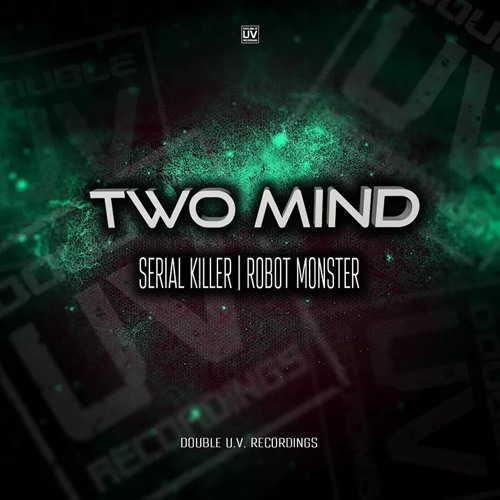
Jo Nesbø, the renowned Norwegian author, has captivated readers worldwide with his chilling crime novels featuring the enigmatic detective Harry Hole. However, beyond the surface of these gripping narratives lies a deeper exploration of the grotesque—a realm of darkness and depravity that haunts the human psyche. This article delves into the complexities of Nesbø's grotesque world, examining its origins, manifestations, and the profound impact it has on both characters and readers alike.
The grotesque, as defined by philosopher Mikhail Bakhtin, is characterized by the "interplay between the familiar and the unfamiliar, the natural and the artificial, the beautiful and the ugly." Nesbø draws upon this concept to create a world where the mundane collides with the horrific, where everyday life is tainted by the lurking presence of evil. This juxtaposition serves to heighten the reader's sense of unease and vulnerability.
Nesbø's upbringing in Norway, a country steeped in Norse mythology and folklore, has significantly influenced his grotesque imagination. These ancient tales, with their gruesome depictions of trolls, monsters, and the undead, have left an indelible mark on his psyche and find their way into his writing. Nesbø also credits the works of Edgar Allan Poe and Alfred Hitchcock as major sources of inspiration, both known for their exploration of the macabre and the psychological depths of human darkness.
The grotesque in Nesbø's writing manifests itself in various forms, both physical and psychological. His characters often inhabit a world of violence and brutality, where murder, torture, and sexual assault are commonplace. These graphic descriptions serve to shock and disturb the reader, forcing them to confront the darkest aspects of humanity.
However, Nesbø's grotesque goes beyond the mere depiction of physical horrors. He delves into the twisted minds of his characters, exposing their inner demons and the psychological turmoil that drives them to commit unspeakable acts. Through the eyes of Harry Hole, readers are given a glimpse into the depravity of the human soul, where good and evil wage a constant battle.
The grotesque in Nesbø's writing has elicited a wide range of reactions from critics and readers alike. Some argue that his graphic and disturbing descriptions are gratuitous and serve only to titillate readers with cheap thrills. Others contend that Nesbø's unwavering portrayal of violence and depravity is essential for fully exploring the nature of evil and its impact on individuals and society as a whole.
Psychologist and literary critic Thomas E. Popke suggests that the grotesque in Nesbø's writing acts as a mirror to the subconscious, reflecting the repressed fears and desires that lurk beneath the surface of civilized society. By confronting the grotesque, readers are given the opportunity to confront their own shadow selves and come to terms with the potential for evil that exists within them.
Reading Nesbø's grotesque novels is a haunting and immersive experience. The graphic violence and twisted characters may initially shock and repel, but they also draw the reader into a dark and irresistible vortex. The line between good and evil blurs as we are forced to confront the depths of human depravity.
Nesbø's mastery of suspense and atmosphere keeps readers on the edge of their seats, turning page after page in a desperate need to unravel the mysteries and escape the clutches of his gruesome world. Yet, long after finishing his novels, the grotesque images and psychological insights continue to haunt the reader's imagination.
Jo Nesbø's grotesque novels are a testament to the power of literature to explore the darkest corners of the human psyche. Through his unflinching portrayal of violence, depravity, and psychological torment, Nesbø invites readers on a haunting immersion into the twisted mind of a serial killer. His grotesque world serves as a mirror to our own subconscious, forcing us to confront the potential for evil that exists within us and the haunting consequences of our darkest impulses.
Whether you embrace the grotesque or recoil from its horrors, Nesbø's writing leaves an enduring mark on the reader. His novels are a testament to the enduring fascination with the dark side of human nature, a fascination that continues to captivate and disturb in equal measure.

Post a Comment